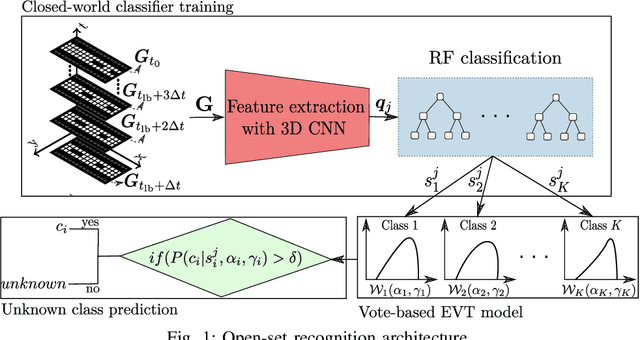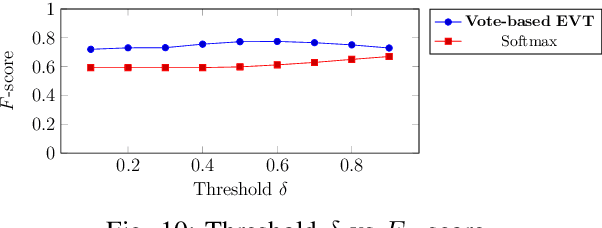Open-set Recognition based on the Combination of Deep Learning and Ensemble Method for Detecting Unknown Traffic Scenarios
Paper and Code
May 17, 2021



An understanding and classification of driving scenarios are important for testing and development of autonomous driving functionalities. Machine learning models are useful for scenario classification but most of them assume that data received during the testing are from one of the classes used in the training. This assumption is not true always because of the open environment where vehicles operate. This is addressed by a new machine learning paradigm called open-set recognition. Open-set recognition is the problem of assigning test samples to one of the classes used in training or to an unknown class. This work proposes a combination of Convolutional Neural Networks (CNN) and Random Forest (RF) for open set recognition of traffic scenarios. CNNs are used for the feature generation and the RF algorithm along with extreme value theory for the detection of known and unknown classes. The proposed solution is featured by exploring the vote patterns of trees in RF instead of just majority voting. By inheriting the ensemble nature of RF, the vote pattern of all trees combined with extreme value theory is shown to be well suited for detecting unknown classes. The proposed method has been tested on the highD and OpenTraffic datasets and has demonstrated superior performance in various aspects compared to existing solutions.
 Add to Chrome
Add to Chrome Add to Firefox
Add to Firefox Add to Edge
Add to Edge